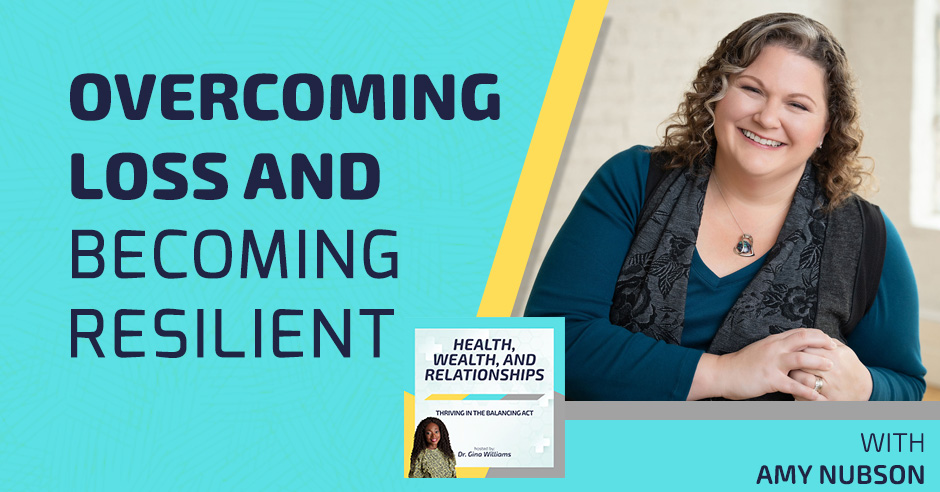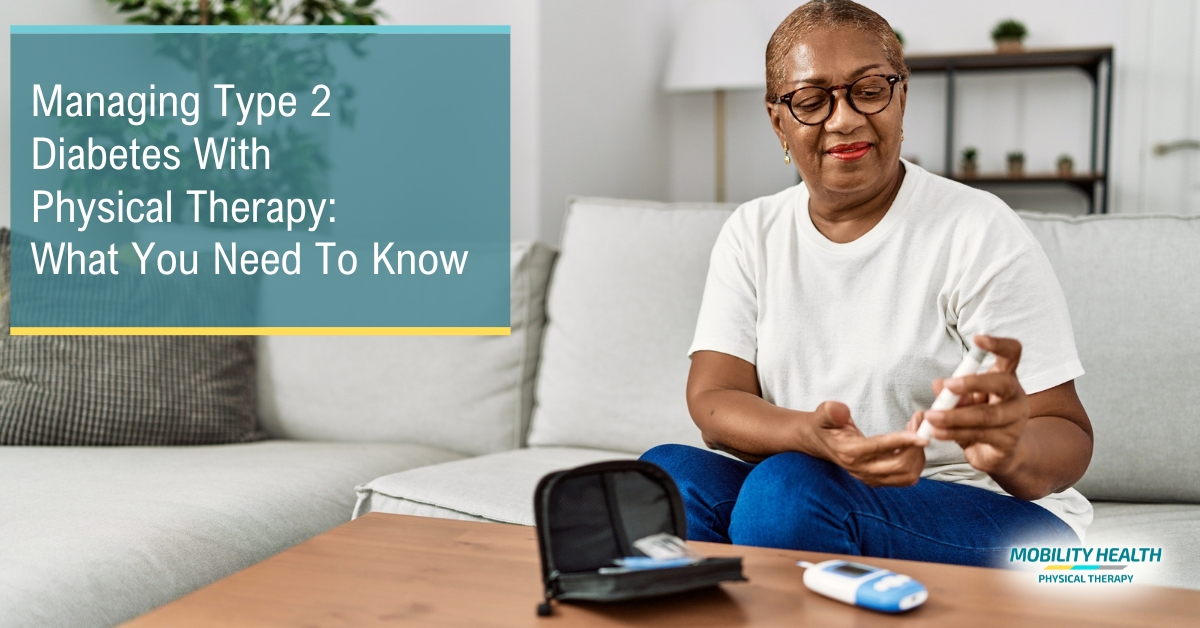If you’ve ever been in a car accident, taken a hard fall, or been hit while playing sports and then felt neck pain afterward, you might’ve had whiplash.
Whiplash is a painful injury to your neck and upper spine.
It happens due to compression or hyperextension.
It’s one of those injuries that can sneak up on you, sometimes not showing symptoms until hours or even days later.
At first, you might just feel a little sore or stiff… until turning your head becomes painful, or you notice headaches that weren’t there before.
Whiplash is more common than most people realize, and while it usually isn’t life-threatening, it can definitely interfere with your daily life.
The good news?
Physical therapy can make a big difference when it comes to healing properly and preventing long-term issues.
In this article, we’ll walk you through what whiplash actually is, what it feels like, how long it lasts—and how physical therapy can help you recover.
What Is Whiplash?
Whiplash is a condition that occurs after an accident forces your neck and upper spine to move in a way that causes an injury due to a neck sprain.
Since whiplash is a neck injury, it is often treated as a medical emergency.
This is especially true because of the cause of most whiplash injuries – but more on that later.
Your healthcare provider will also be cautious with your whiplash until it is treated and stabilized, or ruled out.
That’s because severe cases of whiplash can potentially be life-threatening.
RELATED ARTICLE: A Physical Therapy Approach To Neck Pain
What Does Whiplash Feel Like?
What your whiplash will feel like depends on the severity of your accident.
The greater your neck was compressed or hyperextended, the greater the injury.
There is also a variable time frame where symptoms of whiplash may materialize.
It can be anywhere from immediately after the accident, to 12 hours after the accident.
Occasionally, it may even take up to a few days before you start to notice symptoms.
But what might you notice?
Well like we said before, it depends on the severity of your injury.
There is a grading scale designed to classify the differing levels of severity in whiplash, called the Quebec Classification of Whiplash-Associated Disorders.
Each of these grades is progressive, meaning that Grade 2 also includes the symptoms of the previous Grade 1.
Let’s take a look at these grades.
What Is A Grade 0 Whiplash Injury?
This grade of injury does not show any symptoms, which means you’ll feel no pain.
What Is A Grade 1 Whiplash Injury?
Grade 1 whiplash will have you feeling some pain and also some stiffness when moving your neck.
The effected area might also be tender to touch.
What Is A Grade 2 Whiplash Injury?
Grade 2 whiplash often includes pain that radiates beyond your neck into the nearby regions of your head, face, shoulder, and back.
You might also experience muscle spasms that make it harder to move or turn your neck.
It’s also possible to experience physical signs of injury, like bruising and sensitivity.
RELATED ARTICLE: Struggling With Shoulder Pain? How Our NYC Physical Therapists Can Help
What Is A Grade 3 Whiplash Injury?
Grade 3 whiplash involves neurological symptoms that result from swelling or inflammation in your neck that affects your nerve signals.
Since your neck connects your brain to the rest of your body, your affected nerve signals may cause:
- Muscle weakness
- Numbness
- Burning or tingling
- Headaches
- Vertigo
- Vision disruption
- Voice loss
RELATED ARTICLE: A Physical Therapy Approach To Headaches
What Is A Grade 4 Whiplash Injury?
Grade 4 whiplash is the most severe form of whiplash.
It typically involves more severe neurological symptoms, which may indicate that one of the vertebrae in your neck is fractured or out of alignment.
When a vertebra is out of alignment, it puts pressure on your spinal cord or your nearby nerves.
RELATED ARTICLE: How Physical Therapy Can Help Treat Spinal Cord Injuries
What Is The Main Cause Of Whiplash?
Whiplash occurs when the direction or speed at which you’re traveling changes suddenly.
As we mentioned before, this occurs most often in an accident.
One of the most common causes of whiplash injury is during a car accident.
Another common example is a collision that occurs while you’re playing contact sports like football, soccer, or hockey.
You can also get whiplash while riding a roller coaster or even just by slipping and falling.
How Much Force Does It Take To Cause Whiplash?
Many people associate whiplash with car accidents, and then assume that you have to be going very fast in order to get it.
But the truth is that it really doesn’t take a lot of force or speed to get whiplash.
A recent study indicates that you can get whiplash in a car accident when traveling only 5–10 miles per hour.
The severity of your whiplash in a vehicle accident depends on whether you were wearing your seatbelt correctly, and for children if they are safely secured in their child safety seat.
That’s why it’s so important to be correctly restrained while travelling in a vehicle.
What Do Physical Therapists Do For Whiplash?
Whiplash needs the space and support to heal on its own in order to minimize your symptoms and restore mobility in your neck.
Your physical therapist can help with this through a tailored treatment plan created exclusively for you to reach this target.
They will create this plan after a thorough evaluation that includes a look at your medical history and symptoms.
Your physical therapist might also test your range of motion physically, and question you thoroughly about the cause of your whiplash.
Let’s take a closer look at what might be included in your personal treatment plan.
1. Range Of Motion Exercises
Range of motion exercises are generally included in most physical therapy treatment plans for whiplash.
Even if you’ve just been in a car accident, your physical therapist will recommend a series of gentle range of motion exercises using rotation and side bending to help your muscles relax.
An example of this is slowly turning your head from side to side, stopping before the point of pain.
Remember, gentle is the key term here.
You’ll want to take it slow at first and slowly improve.
This will also expose where your range is limited, which will slowly be improved with consistent practice.

2. Pain Management Exercises
Physical therapy exercises work to manage your pain by building up muscular strength.
Your physical therapist will only recommend this if they think you’re ready to move beyond the gentle range of motion exercises.
In many cases, your physical therapist will combine the two in your treatment plan.
They might also recommend adding heat to your neck prior to doing these exercises, which may include:
- Tilting your head from side to side
- Rotating your neck to each side
- Bending your neck towards your chest and back up
- Rolling your shoulders

3. Ultrasound
Ultrasound is a great passive physical therapy technique that might be included in your treatment plan.
The ultrasound machine helps to increase blood circulation and reduce muscle spasms.
It does this by using sound waves that travel into the tissues of your muscles, creating a mild heat.
This heat is the secret ingredient that promotes blood flow to the affected area, which speeds up healing.
Ultrasounds can also help with reducing swelling, pain, stiffness, and cramping.
That’s why it’s often used by athletes who train intensely to help recover faster.

4. Gentle Physical Activity
Finally, as you continue to heal and regain your range of motion, your physical therapist will begin to incorporate physical activity into your treatment plan.
Typically, you will start slower with gentle activity that will speed up as you heal and are able to progress.
Light walking is a good example of what your physical therapist might recommend to increase blood flow and get you moving again.
They might tell you to pay attention to swinging your arms while walking, which helps engage your spine in the movement.
Be sure not to carry anything or hold a dog’s leash.
The goal is to start gentle in 10 minute increments a few times each day.

How Long Will Whiplash Symptoms Last?
If your whiplash is mild, you’re unlikely to see a big disruption to your day-to-day activities.
Mild whiplash usually resolves within several weeks with physical therapy.
For more serious cases, anything beyond Grade 2, it can take between 6 — 12 weeks after your accident before your symptoms start to noticeably improve with physical therapy treatment.
Book Your Appointment With Our Physical Therapy Clinic Today
Whiplash may be a common injury, but that doesn’t mean you have to live with the discomfort.
The first 6 — 12 weeks after an accident are the most important time to start treatment.
This is especially important if your whiplash is interfering with your daily activities like walking, bending, or carrying anything.
With the right physical therapy approach, you can manage your symptoms, restore neck mobility, and get back to feeling like yourself again.
At Mobility Health Physical Therapy in NYC, we’re experienced in treating whiplash and other accident-related injuries with care tailored to your needs.
So if you have whiplash, it’s a good idea to see a physical therapist as soon as possible.
Book your appointment today and take the first step toward lasting relief.












